Exploring Civil War battlefields with your family creates a unique opportunity to step back in time and witness history firsthand. These historic grounds tell stories of courage, sacrifice, and the defining moments that shaped our nation.
Walking where soldiers once marched brings history to life in ways that textbooks simply can’t match. The Civil War left an indelible mark across the American landscape.
Many of these historic sites now welcome families seeking to understand this pivotal period. Here is a list of 16 family tours through Civil War battlefields that combine education with adventure.
Gettysburg National Military Park
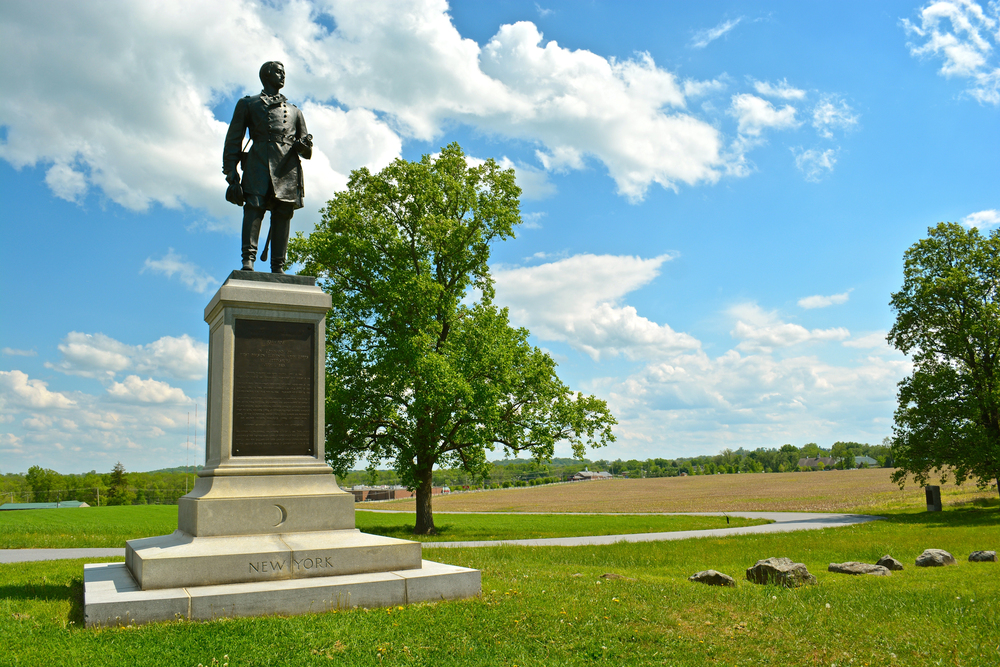
Gettysburg stands as perhaps the most famous Civil War battlefield in America — and for good reason. The three-day battle in July 1863 marked a turning point in the war, claiming over 50,000 casualties.
Though the numbers are staggering, families can explore the vast battlefield through guided bus tours or self-guided driving routes. The visitor center features an impressive museum and the famous Cyclorama painting that puts you right in the middle of Pickett’s Charge.
Antietam National Battlefield
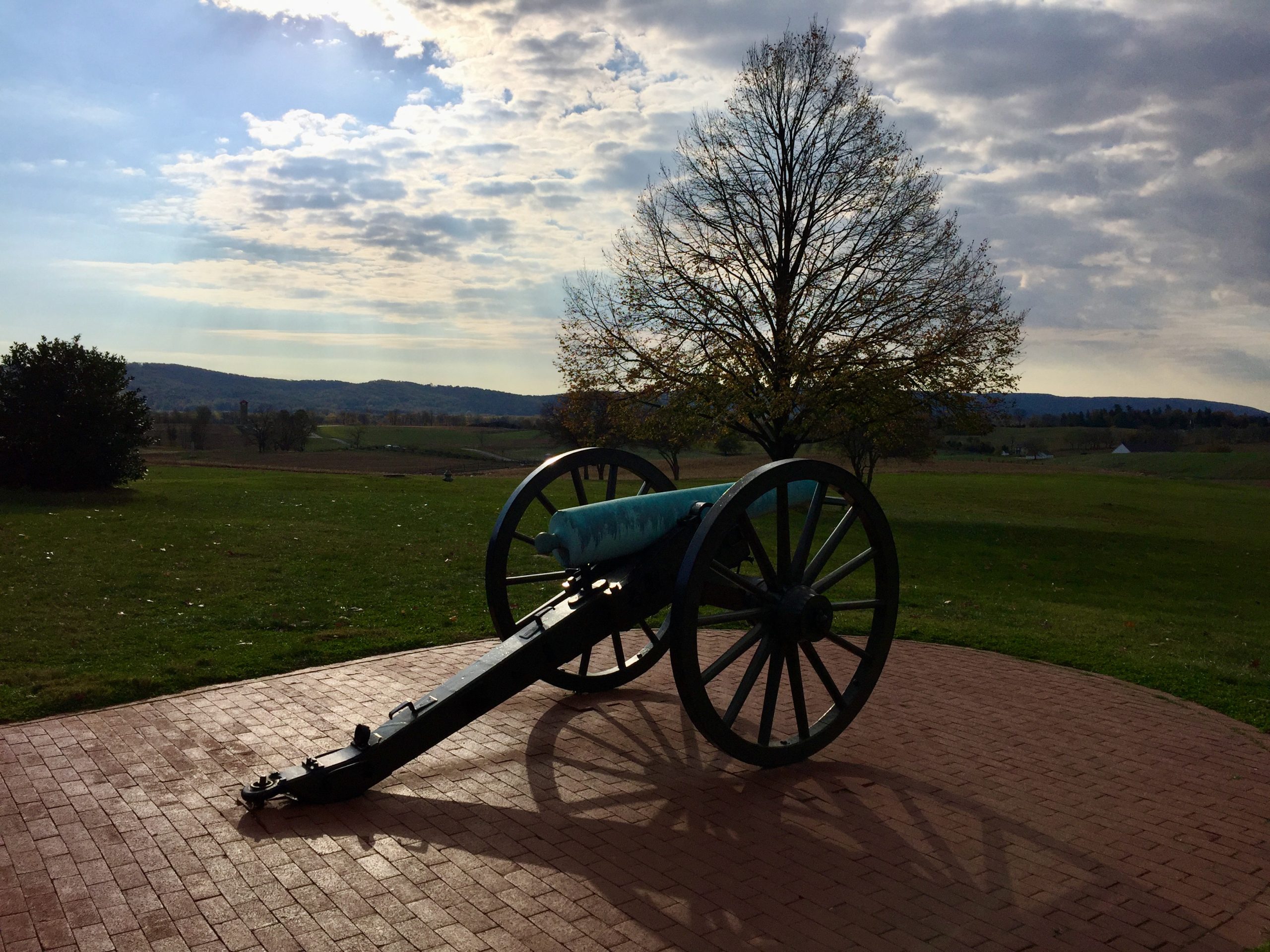
Located in Maryland, Antietam witnessed the single bloodiest day in American military history on September 17, 1862. The battlefield preserves the rural landscape much as it appeared during the battle — making it easy to imagine the events that unfolded here.
You’ll find families can drive the tour road, stop at key locations like Dunker Church and Bloody Lane, and climb the observation tower for panoramic views. The visitor center offers an excellent film that helps visitors understand the battle’s significance.
Like Travel Pug’s content? Follow us on MSN.
Bull Run Battlefield
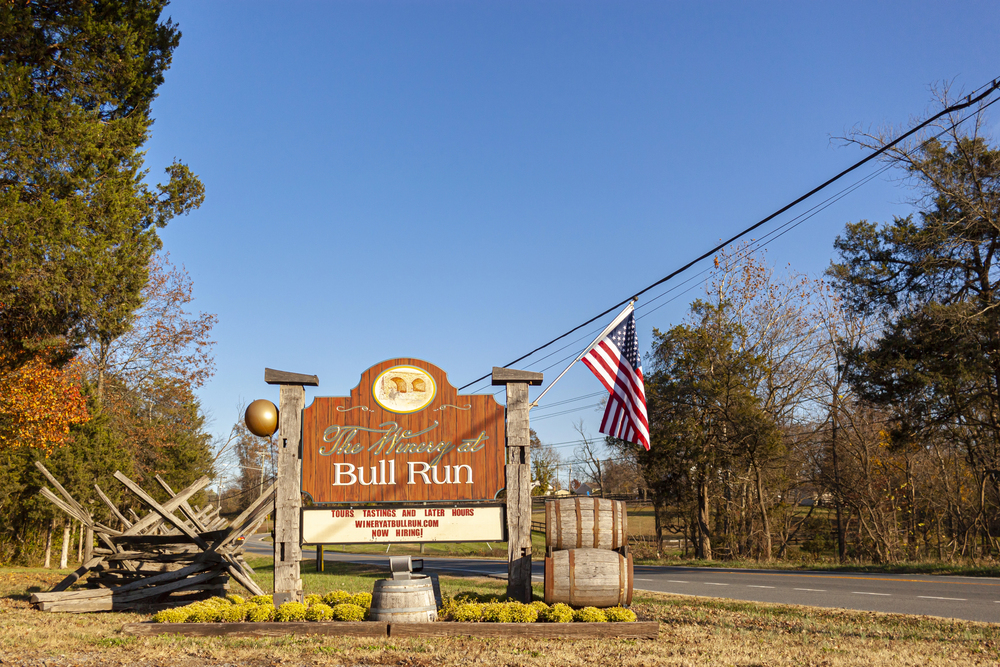
Just 30 miles from Washington, D.C., Bull Run (also known as Manassas) hosted two major Civil War battles. It serves as an ideal introduction to battlefield touring. The first battle in 1861 shattered illusions that the war would end quickly — while the second in 1862 demonstrated Confederate resilience.
Families can walk the short trail to the Stone House, which served as a field hospital, then explore the Henry Hill Visitor Center. The relatively compact size makes it perfect for families with younger children.
Chickamauga and Chattanooga National Military Park
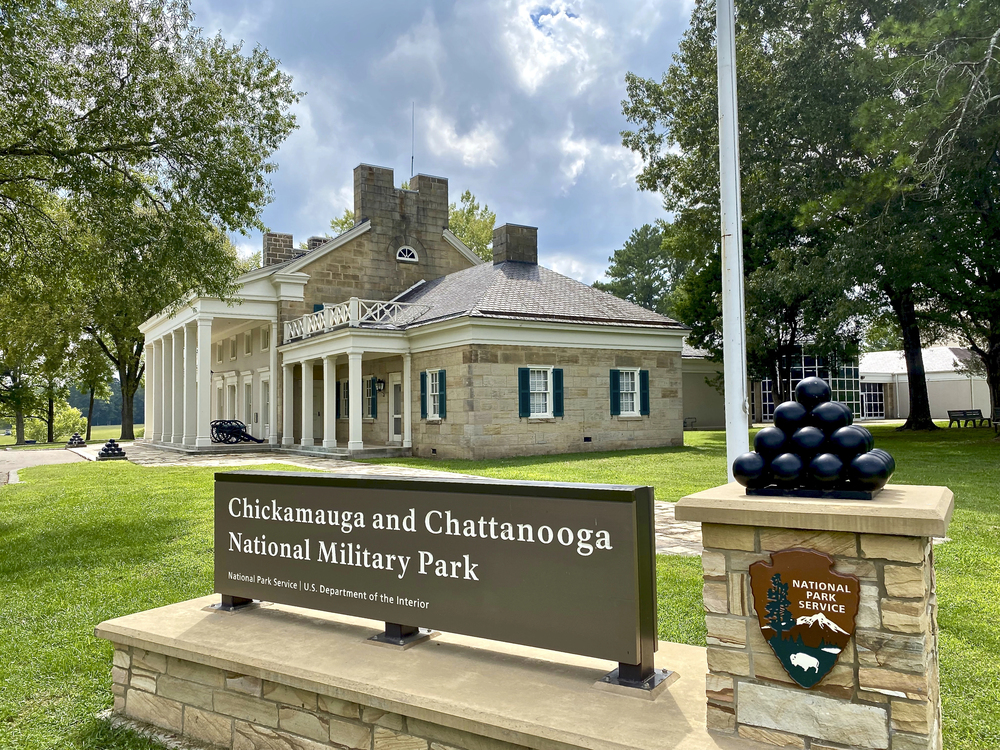
This sprawling park in Georgia and Tennessee preserves the sites of two crucial 1863 battles that opened the door to Atlanta. Chickamauga battlefield features the largest collection of Civil War monuments and markers in the world — creating an outdoor museum experience.
Families can drive the seven-mile tour road, climb Lookout Mountain for spectacular views, though they shouldn’t miss Point Park where the ‘Battle Above the Clouds’ took place. The visitor center’s fiber optic map presentation helps visitors understand the complex battle movements.
Shiloh National Military Park
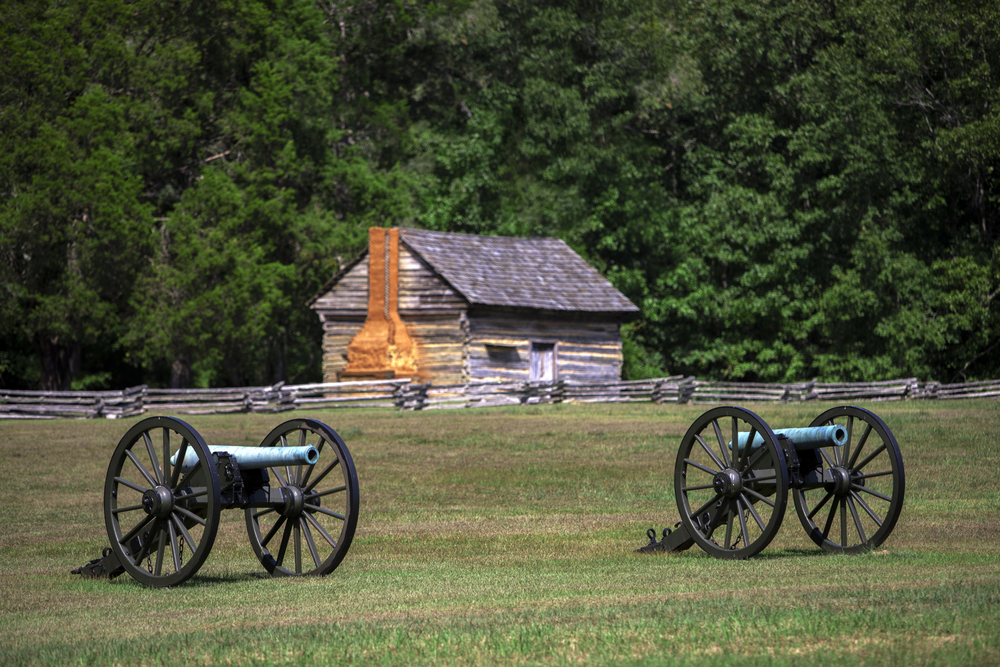
Nestled along the Tennessee River, Shiloh battlefield tells the story of one of the war’s first major engagements in April 1862. The battle’s ferocity shocked both North and South — with over 23,000 casualties in just two days.
Families can follow the ten-mile tour road that winds through peaceful woodlands and fields, stopping at key sites like the Hornet’s Nest and Pittsburg Landing. The park’s audio tour brings the battle to life with soldier accounts and expert commentary.
Like Travel Pug’s content? Follow us on MSN.
Vicksburg National Military Park
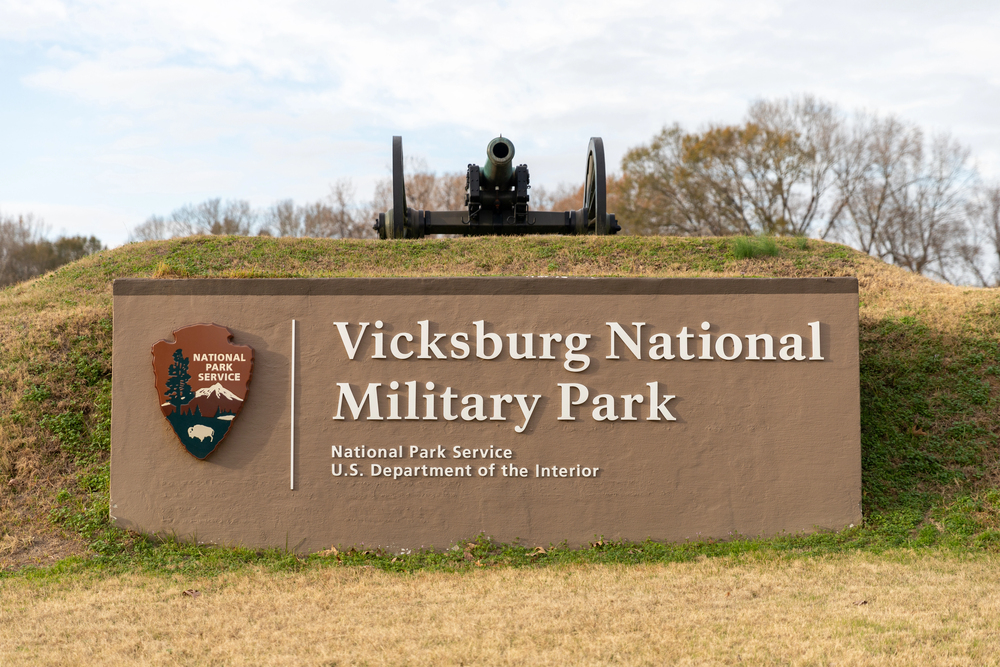
Vicksburg’s 47-day siege in 1863 gave the Union control of the Mississippi River and split the Confederacy in two. The battlefield preserves extensive earthworks, trenches, and gun positions that show how siege warfare operated.
Though it’s a large park, families can drive the 16-mile tour road, explore the restored gunboat USS Cairo, and visit the Vicksburg National Cemetery. The park’s junior ranger program keeps kids engaged while learning about this pivotal campaign.
Fredericksburg and Spotsylvania National Military Park
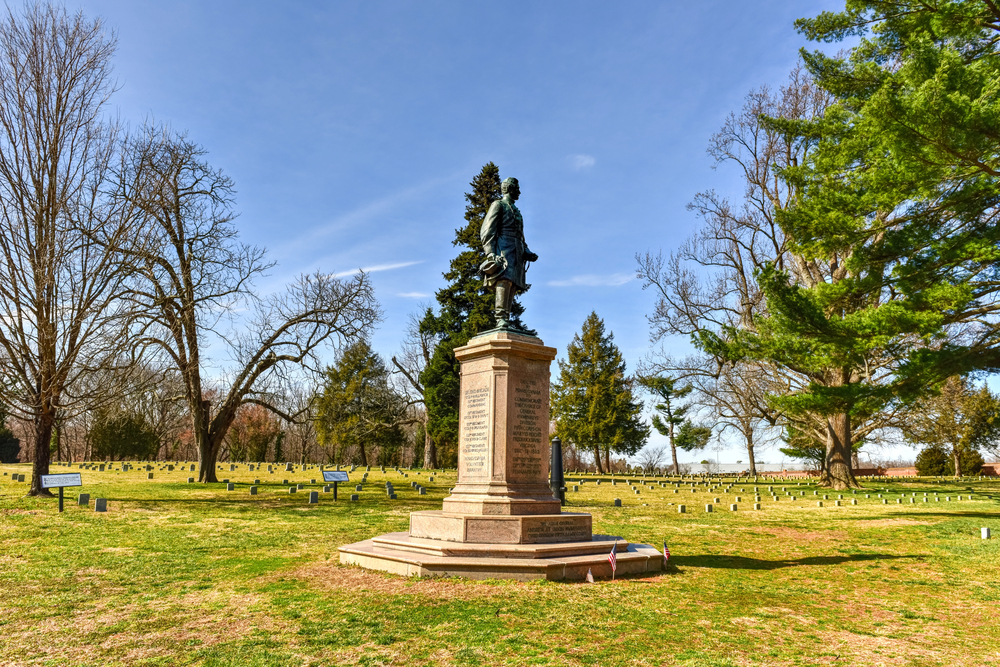
This Virginia park encompasses four major Civil War battlefields: Fredericksburg, Chancellorsville, Wilderness, and Spotsylvania Court House. Each site offers unique insights into different aspects of the war — from urban combat to wilderness fighting. Families can visit multiple battlefields in one trip, explore historic Fredericksburg’s charming downtown, yet still see the stone wall where Confederate defenders repelled Union attacks.
The park’s multiple visitor centers provide comprehensive context for understanding these complex campaigns.
Harpers Ferry National Historical Park
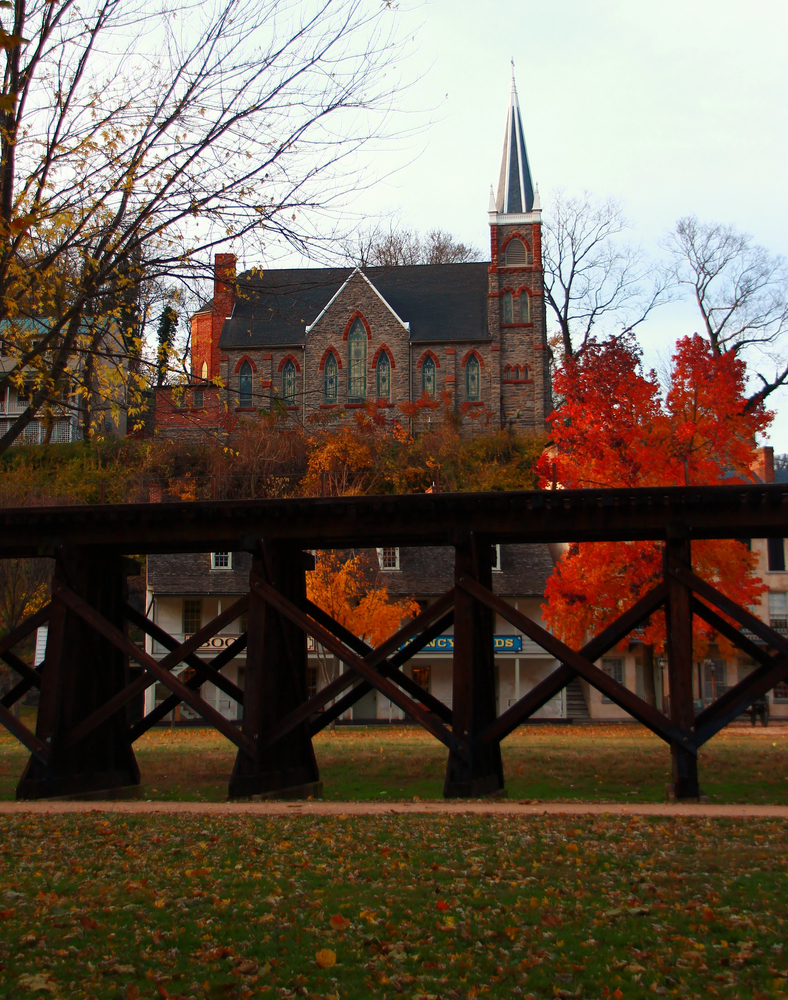
While not technically a battlefield, Harpers Ferry played a crucial role in Civil War history as the site of John Brown’s famous raid in 1859. The town changed hands multiple times during the war serving as a strategic transportation hub.
Families can explore the restored 1850s town, ride the shuttle to Maryland Heights for hiking and views, though they’ll also want to learn about the famous raid that many consider the war’s opening act. The park’s living history programs bring the past to life with costumed interpreters.
Like Travel Pug’s content? Follow us on MSN.
Stones River National Battlefield
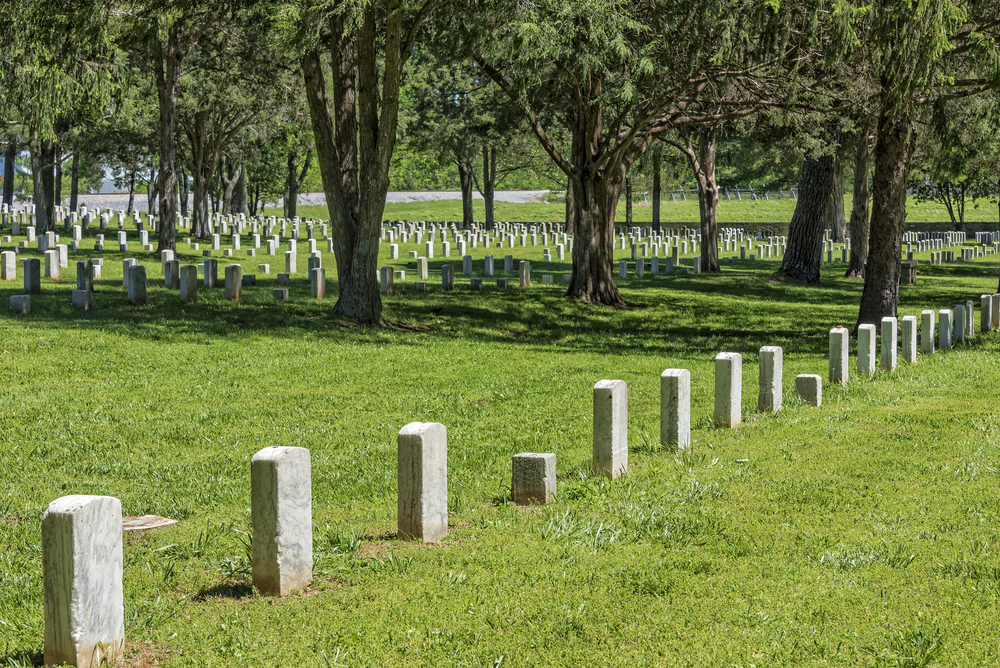
Located in Murfreesboro, Tennessee, Stones River Battlefield preserves the site of a crucial New Year’s battle in 1862-1863. The Union victory here kept Tennessee in federal hands — boosting Northern morale after a string of defeats.
Families can walk the easy trails through the battlefield, visit the national cemetery, and explore the visitor center’s exhibits. The park’s compact size and well-marked trails make it particularly suitable for families with children.
Wilson’s Creek National Battlefield

Missouri’s Wilson’s Creek battlefield marks the site of the first major Civil War battle west of the Mississippi River in August 1861. The Confederate victory here helped secure Missouri’s southern counties for the South — demonstrating that the war would extend far beyond the Eastern theater.
Families can drive the five-mile tour road, hike the Bloody Hill trail where the fiercest fighting occurred, then explore the restored Ray House. The visitor center’s exhibits explain Missouri’s complex Civil War experience.
Pea Ridge National Military Park

Arkansas’s Pea Ridge battlefield witnessed one of the most significant Civil War battles west of the Mississippi in March 1862. The Union victory secured Missouri for the North, yet it also marked the beginning of Confederate decline in the Trans-Mississippi theater.
Families can drive the seven-mile tour road through rolling Ozark hills, visit Elkhorn Tavern, which served as a Confederate headquarters, and explore the visitor center’s excellent exhibits. The park’s peaceful setting contrasts sharply with the fierce battle that raged here.
Like Travel Pug’s content? Follow us on MSN.
Petersburg National Battlefield
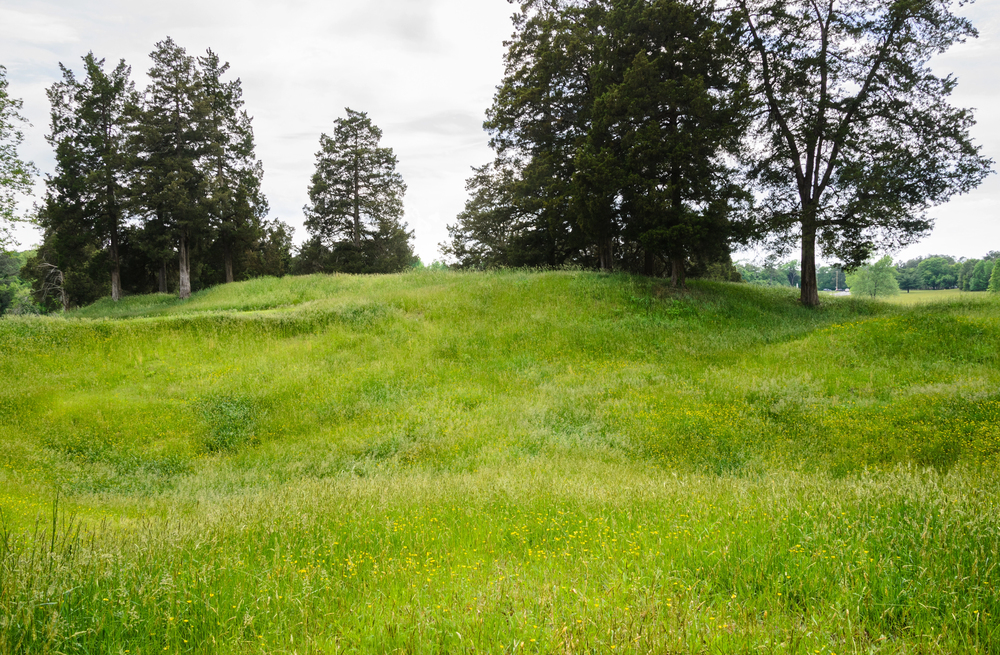
Petersburg’s ten-month siege from 1864–1865 ultimately led to the fall of Richmond and the war’s end. The battlefield preserves extensive earthworks, trenches, plus the famous Crater where Union forces detonated a massive mine.
Families can drive the tour roads at multiple park units, explore the reconstructed Confederate fortifications, and walk the short Crater Trail. The park’s size allows families to focus on specific aspects of the siege while avoiding battlefield fatigue.
Kennesaw Mountain National Battlefield Park
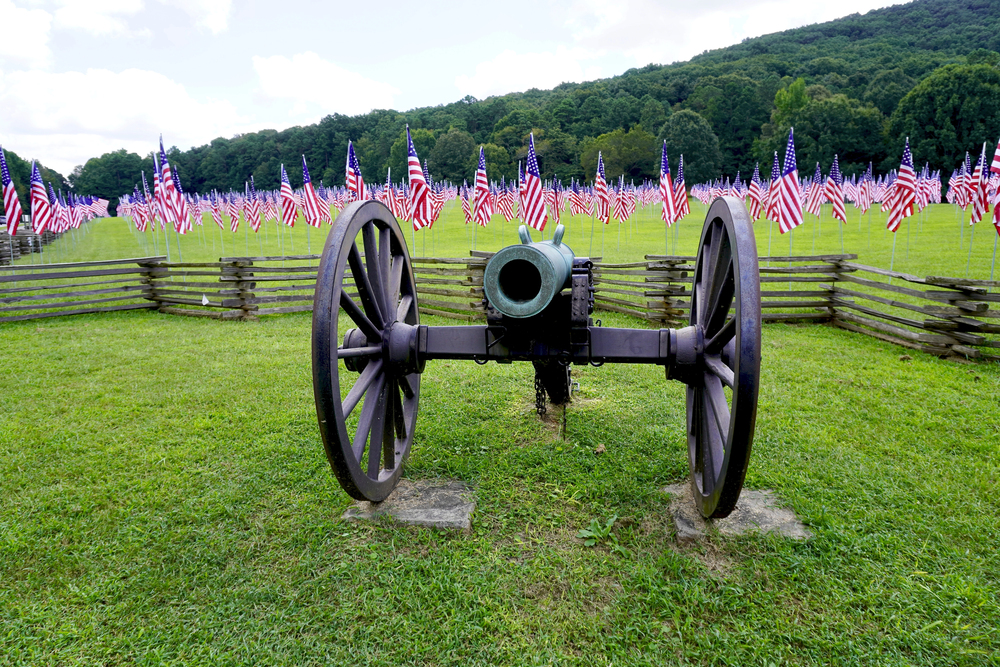
Located north of Atlanta, Kennesaw Mountain Battlefield preserves the site of a June 1864 battle during Sherman’s Atlanta Campaign. The mountainous terrain offered Confederate defenders significant advantages, resulting in a costly Union defeat.
Families can hike to the mountain summit for panoramic views, explore the visitor center’s exhibits, and walk portions of the preserved earthworks. The park’s extensive trail system appeals to families who enjoy combining history with outdoor recreation.
Appomattox Court House National Historical Park
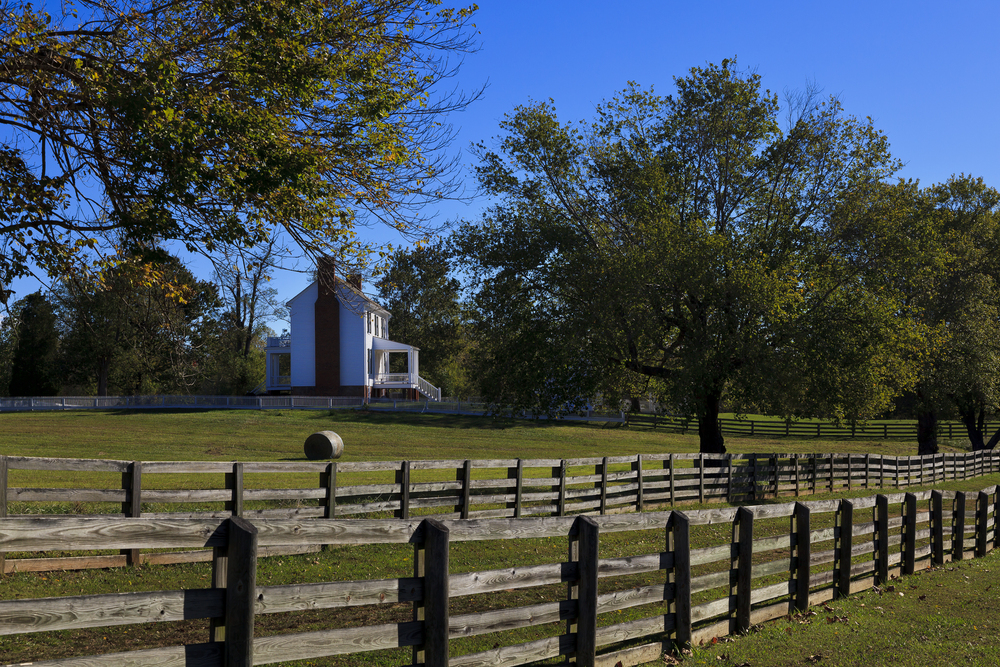
Appomattox Court House holds special significance as the site where Lee surrendered to Grant on April 9, 1865, effectively ending the Civil War. The park preserves the entire village as it appeared in 1865, including the McLean House where the surrender ceremony took place.
Families can explore the historic buildings, meet costumed interpreters, and walk the surrender triangle where Confederate soldiers laid down their arms. The park’s peaceful atmosphere provides a fitting conclusion to any Civil War battlefield tour.
Like Travel Pug’s content? Follow us on MSN.
Rich Mountain Battlefield
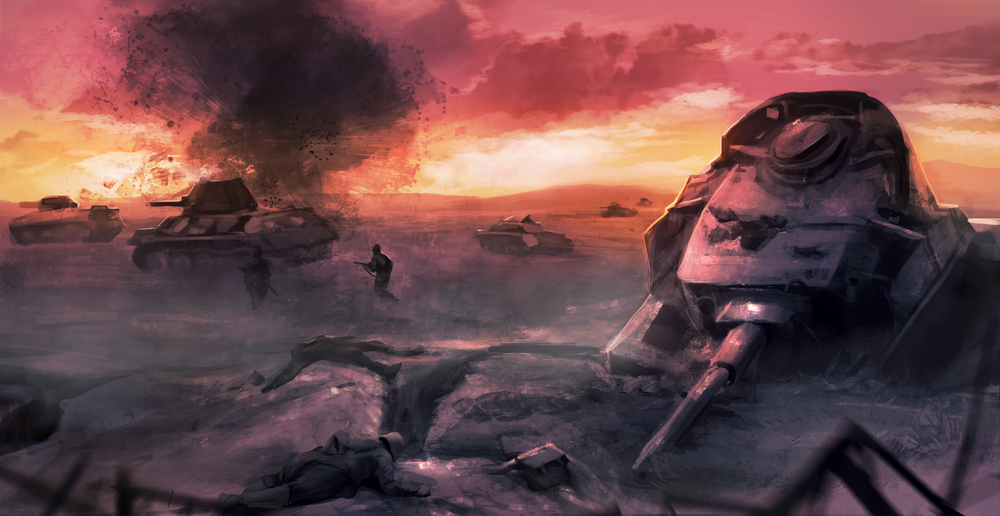
West Virginia’s Rich Mountain battlefield preserves the site of an early Union victory in July 1861 that helped secure the region for the North. The battle launched George McClellan’s career while demonstrating the importance of the Appalachian region in Civil War strategy.
Families can hike the battlefield trail, explore the visitor center, and enjoy the mountain scenery that played such a crucial role in the battle’s outcome. The park’s remote location offers a more intimate battlefield experience away from crowds.
Cedar Creek and Belle Grove National Historical Park
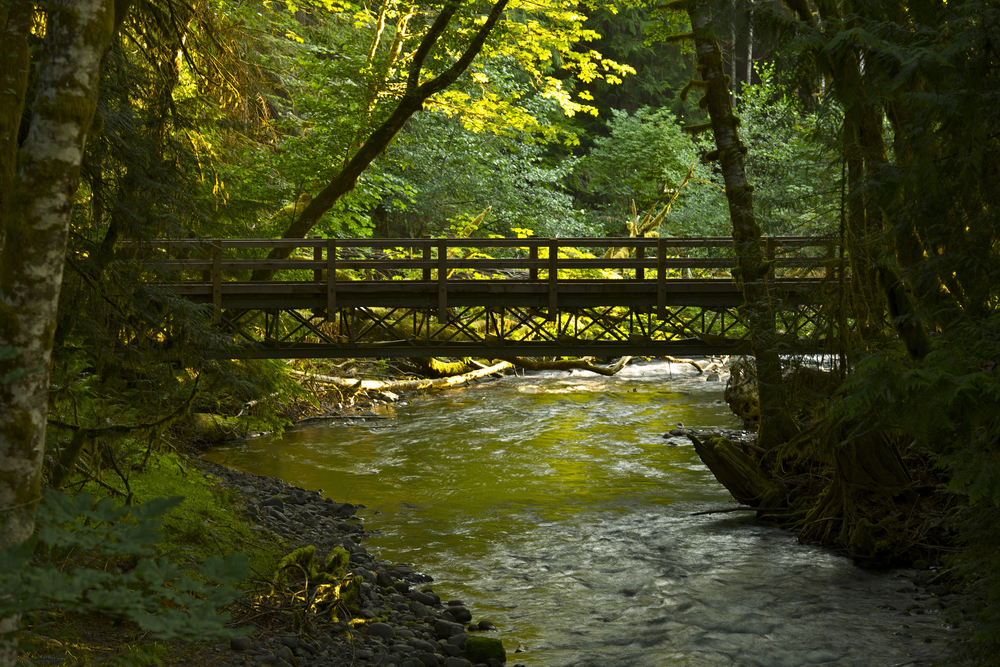
Virginia’s Cedar Creek battlefield witnessed the dramatic October 1864 battle where Union forces turned near-defeat into stunning victory. The Confederate surprise attack initially succeeded, though Philip Sheridan’s famous ride from Winchester rallied his troops to victory.
Families can explore the visitor center at Belle Grove Plantation, walk portions of the battlefield, and learn about the Shenandoah Valley’s strategic importance. The park’s combination of battlefield and historic plantation provides insights into both military and civilian aspects of the war.
Echoes That Still Resonate

These battlefield tours offer more than just history lessons. They provide tangible connections to the people and events that shaped modern America. Walking these grounds where soldiers fought and died creates understanding that transcends textbook knowledge, bringing the past into sharp focus. Each battlefield tells part of a larger story about courage, sacrifice, and the cost of preserving the Union.
The lessons learned at these sites continue to resonate today, reminding us that the freedoms we enjoy came at an enormous price that should never be forgotten.
More from Travel Pug

- 20 Best Beach Towns in the Carolinas
- 13 Destinations Where Tourists Regularly Regret Their Trip
- 20 Things You Actually Get in First Class
- 20 Small Airports With Aviation Museums
- 20 Places in the U.S. That Are Perfect for a Reset Trip
Like Travel Pug’s content? Follow us on MSN.
